Heroes of Might and Magic: Olden Era – The Definitive Review of the Strategy RPG’s 2026 Comeback
Popular Now
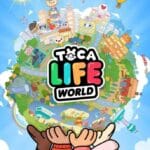 Toca Boca World
Toca Boca World
 Valorant
Valorant
 Stumble Guys
Stumble Guys
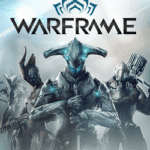 Warframe
Warframe
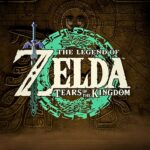 The Legend of Zelda
The Legend of Zelda
 Minecraft
Minecraft
 EA SPORT FC 25
EA SPORT FC 25
 Gacha Club
Gacha Club
 Candy Crush Saga
Candy Crush Saga
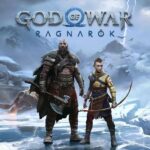 God of War Ragnarök
God of War Ragnarök 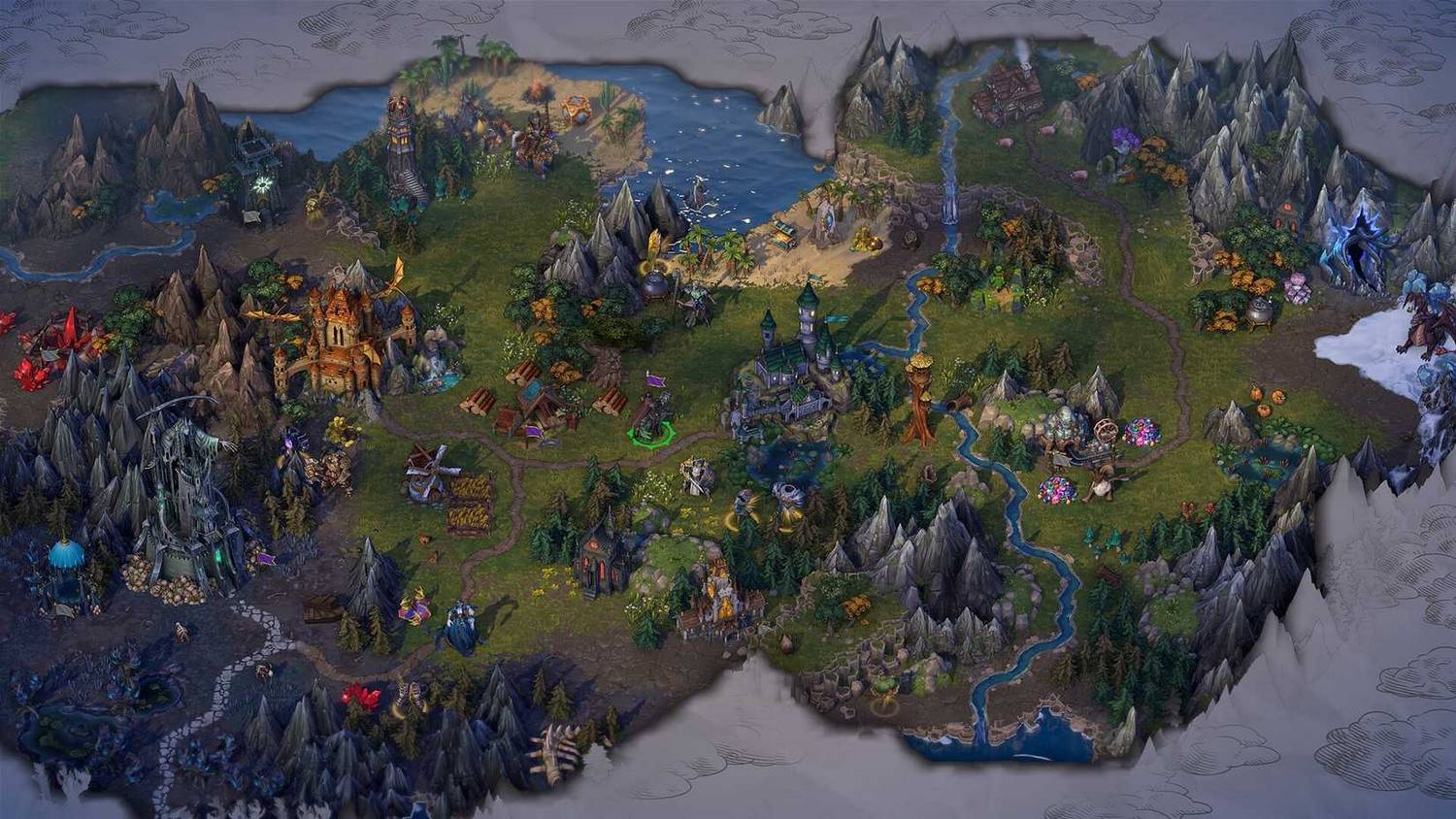
The venerable Heroes of Might and Magic franchise, a cornerstone of the turn-based strategy RPG genre, has once again captured the attention of the global gaming market. The highly anticipated prequel, Heroes of Might and Magic: Olden Era, has announced a shift in its release timeline, now slated for 2026. While the news of the delay from its initial 2025 Early Access target might disappoint some, the developers at Unfrozen, in collaboration with publishers Ubisoft and Hooded Horse, have delivered a significant olive branch: a free, comprehensive demo is now available on Steam, offering a vital early look at the game’s return to its roots.
This delay, as confirmed by official statements, is being used to conduct more extensive testing, refine the user interface (UI), and redesign several key units. This commitment to polish before launch underscores a dedication to honoring the legacy of the series, particularly the beloved Heroes of Might and Magic III era. For strategy veterans and newcomers alike, the core gameplay loop of strategic empire building, resource management, and epic tactical combat appears not just preserved, but thoughtfully enhanced. The gaming news landscape is buzzing with early impressions, positioning this as a potential masterclass in fan-service and modern game design.
 What is ‘Olden Era’? A Return to Jadame and Genre Fundamentals
What is ‘Olden Era’? A Return to Jadame and Genre Fundamentals
Set on the long-teased continent of Jadame—a pre-cursor to the events of the original HoMM—Olden Era is an official prequel designed to be a fresh starting point while firmly echoing the series’ high-water mark. This new installment represents a massive digital transformation for the classic formula, integrating deep RPG mechanics with the grand scale of turn-based conquest. The developers are explicitly aiming for a nostalgic yet polished experience, avoiding the pitfalls that plagued some later titles in the franchise.
Key Features Confirmed in the New Update:
- Strategic Empire Building: Players will start with a single town, constructing buildings, recruiting units, and managing resources—the very heart of the classic HoMM experience.
- In-Depth Hero Progression: The new system offers more control over hero leveling, incorporating faction-specific abilities, and a revamped method for learning magic spells, moving away from the random guild rolls of Heroes III for a more consistent and strategic multiplayer experience.
- Six Unique Factions: The game will launch with six distinct factions, each with their own unique units, aesthetics, and playstyles. Confirmed factions include:
- Temple: The knightly, order-aligned faction.
- Necropolis: Vampires, Liches, and the undead, known for life-draining units.
- Sylvan: Fey folk and forces of nature.
- Dungeon: Dark elves and subterranean dwellers.
- Hive: A new, insectoid swarm-like faction led by an Inferno demon lord.
- Schism: A recently revealed, mysterious sixth faction that promises unique strategic depth.
- Revamped Tactical Combat: Battles unfold on a hexagonal battlefield, emphasizing smart positioning, active abilities, and the fast-paced resolution of ranged and melee engagements.
 CPC Keywords and Monetization Strategy: High Value in Turn-Based RPGs
CPC Keywords and Monetization Strategy: High Value in Turn-Based RPGs
The strategy genre, particularly one with such a strong legacy as Heroes of Might and Magic, attracts a high-value, engaged audience. This demographic often overlaps with keywords related to premium gaming experiences, deep simulation, and high-end PC hardware. For advertisers and content creators, the following high CPC (Cost Per Click) and valuable SEO terms are naturally integrated into the discussion surrounding Olden Era:
- Turn-Based Strategy Games (TBS): A core search term for the genre’s dedicated audience.
- Strategic RPG (SRPG): Captures the fusion of hero progression and empire management.
- High-End Gaming PCs: Often a requirement for modern polished strategy titles, attracting hardware advertising.
- MMO Strategy Games / Multiplayer Strategy: While Olden Era is not an MMO, its robust eight-player multiplayer and co-op modes are a significant draw, making these related terms relevant.
- Digital Distribution / Steam Early Access: Key commercial pathways for the game.
- Best PC Strategy Games 2026: A forward-looking, high-intent search query.
The move to delay the game highlights the publishers’ investment in a AAA-level polish, a strategy that commands higher consumer price points and sustains long-term post-launch revenue through expansions and DLC—a hallmark of successful digital commerce in the modern gaming sphere. This focus on quality over a rushed release is a strong indicator of a healthy, long-term investment strategy in the IP.
Community Reaction and the Early Access Concern
The unveiling of the Olden Era demo has generated a mostly positive, if cautiously optimistic, response. Many journalists and dedicated fans are quick to draw comparisons to the unparalleled success of Heroes of Might and Magic III: The Restoration of Erathia, praising the art direction and the commitment to classic mechanics like resource points and castle upgrades. Polygon remarked that the game is “Recalling the late-’90s glory days… Olden Era is a deeply nostalgic and soothing gaming experience rendered with exactly the right amount of modern polish.”
However, the new 2026 release window, which is now the second postponement, does raise concerns regarding the development lifecycle and the stability of the final product. Early Access titles, while offering community feedback, sometimes struggle with extended, content-starved development periods. The development team has a significant task ahead: to prove that this additional time will translate into a product that satisfies the high expectations set by a three-decade-old legacy.
The successful launch of the demo, which includes the tutorial and three single-player modes featuring four of the six planned factions, is a masterful move to retain community engagement and address skepticism head-on. It allows the core fanbase to experience the new hero skill trees, the revamped battlefields, and the familiar, yet modernized, fantasy strategy world of Enroth before a full e-commerce launch. This early feedback loop is crucial for mitigating risks associated with major IP revivals.
Final Outlook: A Promising Revival for a Legendary IP
Despite the recent delay, the momentum behind Heroes of Might and Magic: Olden Era remains strong. The collaboration between Unfrozen, Ubisoft, and the specialist strategy publisher Hooded Horse suggests a focused and well-resourced effort. The design philosophy of merging the best elements of Heroes III—the clear-cut strategic map, resource hoarding, and castle building—with modern conveniences and deeper RPG elements promises a game that respects its past while looking towards the future of turn-based gaming. The available demo is a must-play for anyone who ever spent a weekend conquering Erathia, and it provides concrete proof that the legendary series is back, not just in glory, but with the necessary commitment to quality for a new generation of players. We advise all serious strategy enthusiasts to dive into the demo and keep a close watch on this title for its official 2026 launch.
The development team is clearly prioritizing a complete, polished experience over a rigid deadline, a decision that will ultimately benefit the players and the long-term health of the Might and Magic brand. This commitment to an uncompromised vision is, in a competitive global gaming market, the most valuable resource of all.




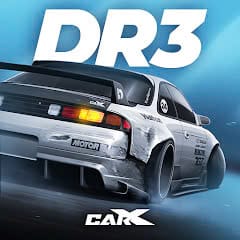



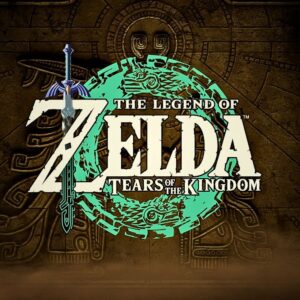
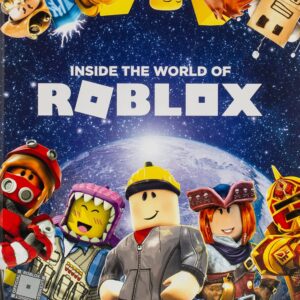
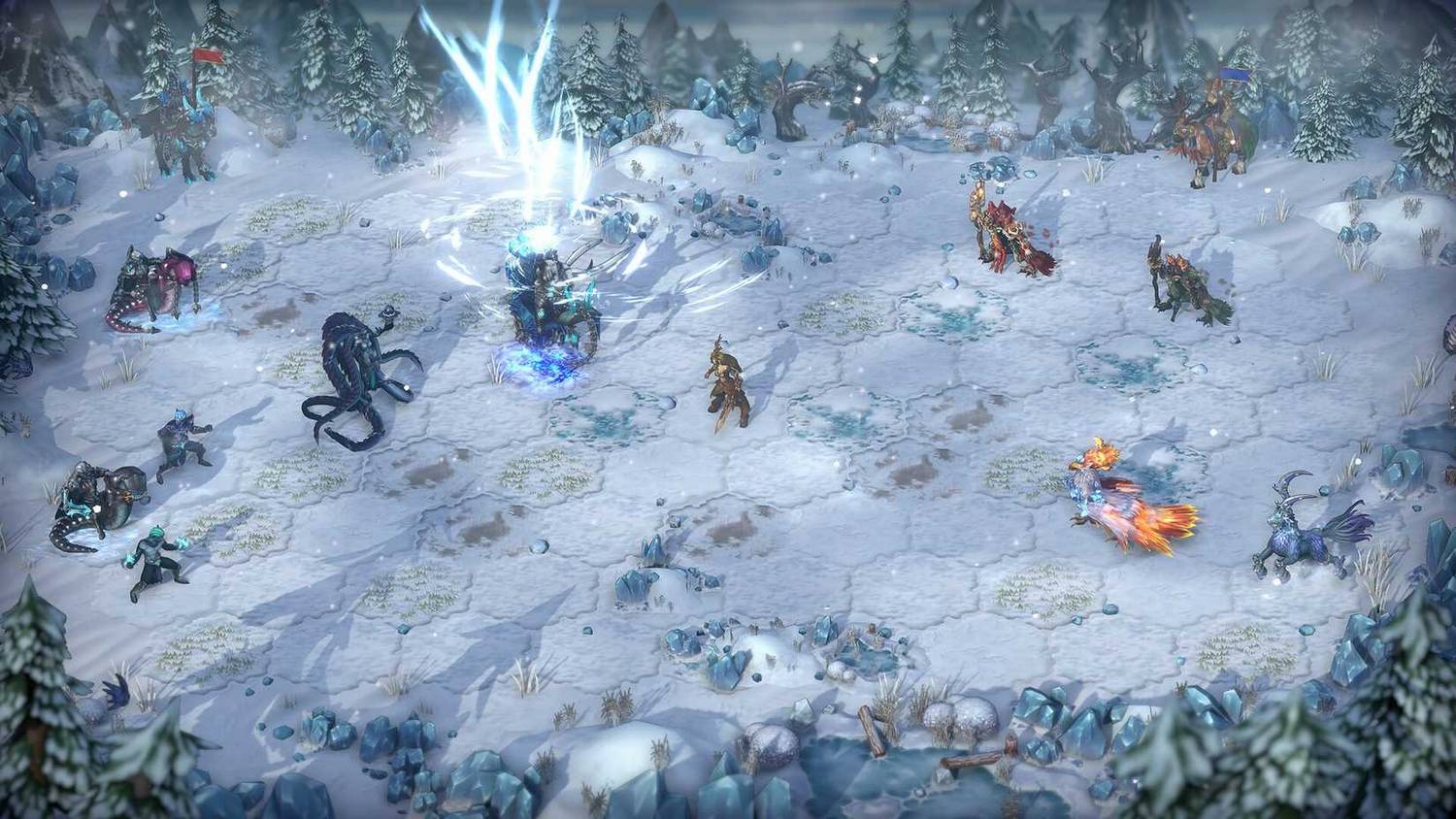 What is ‘Olden Era’? A Return to Jadame and Genre Fundamentals
What is ‘Olden Era’? A Return to Jadame and Genre Fundamentals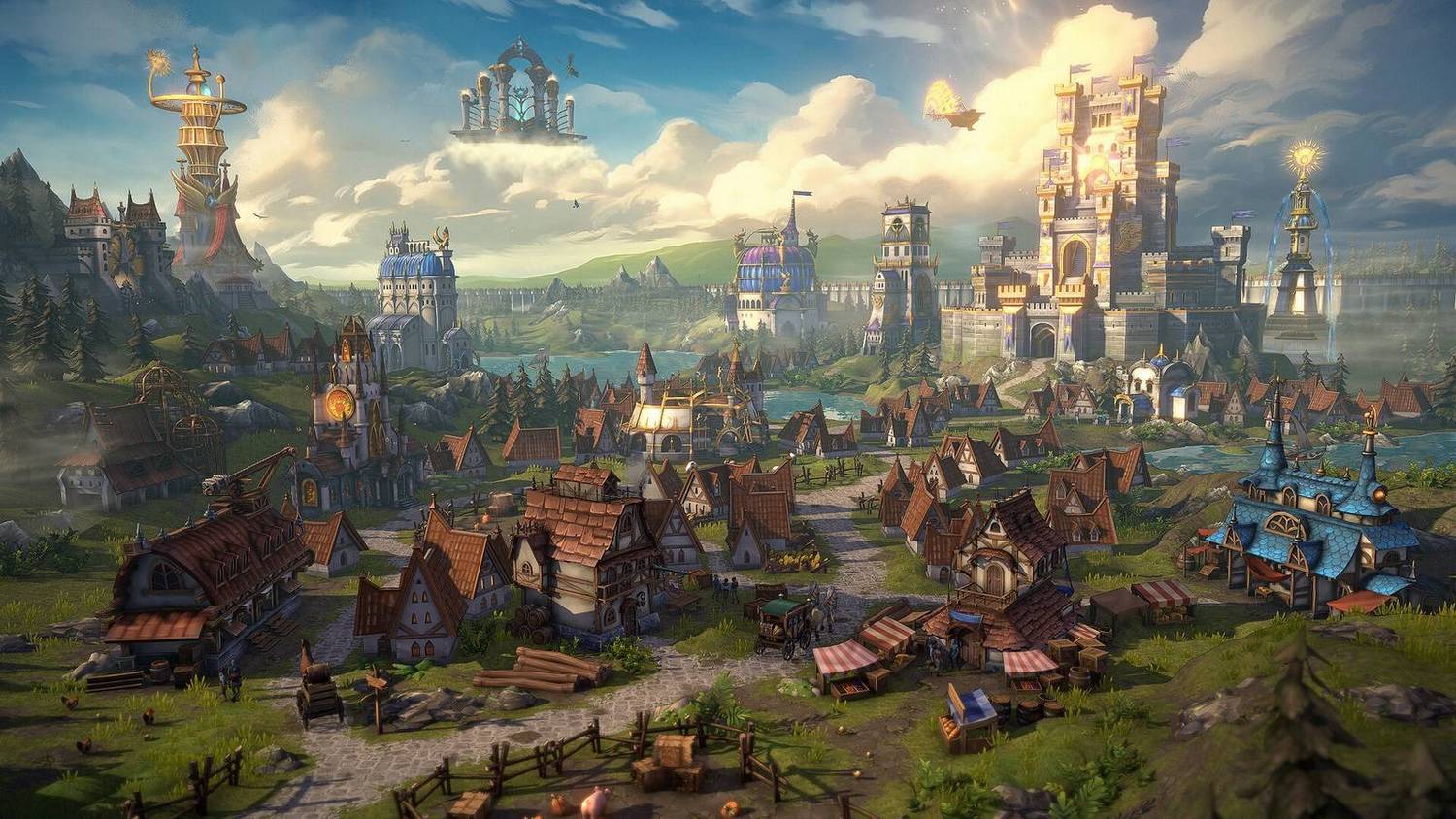 CPC Keywords and Monetization Strategy: High Value in Turn-Based RPGs
CPC Keywords and Monetization Strategy: High Value in Turn-Based RPGs